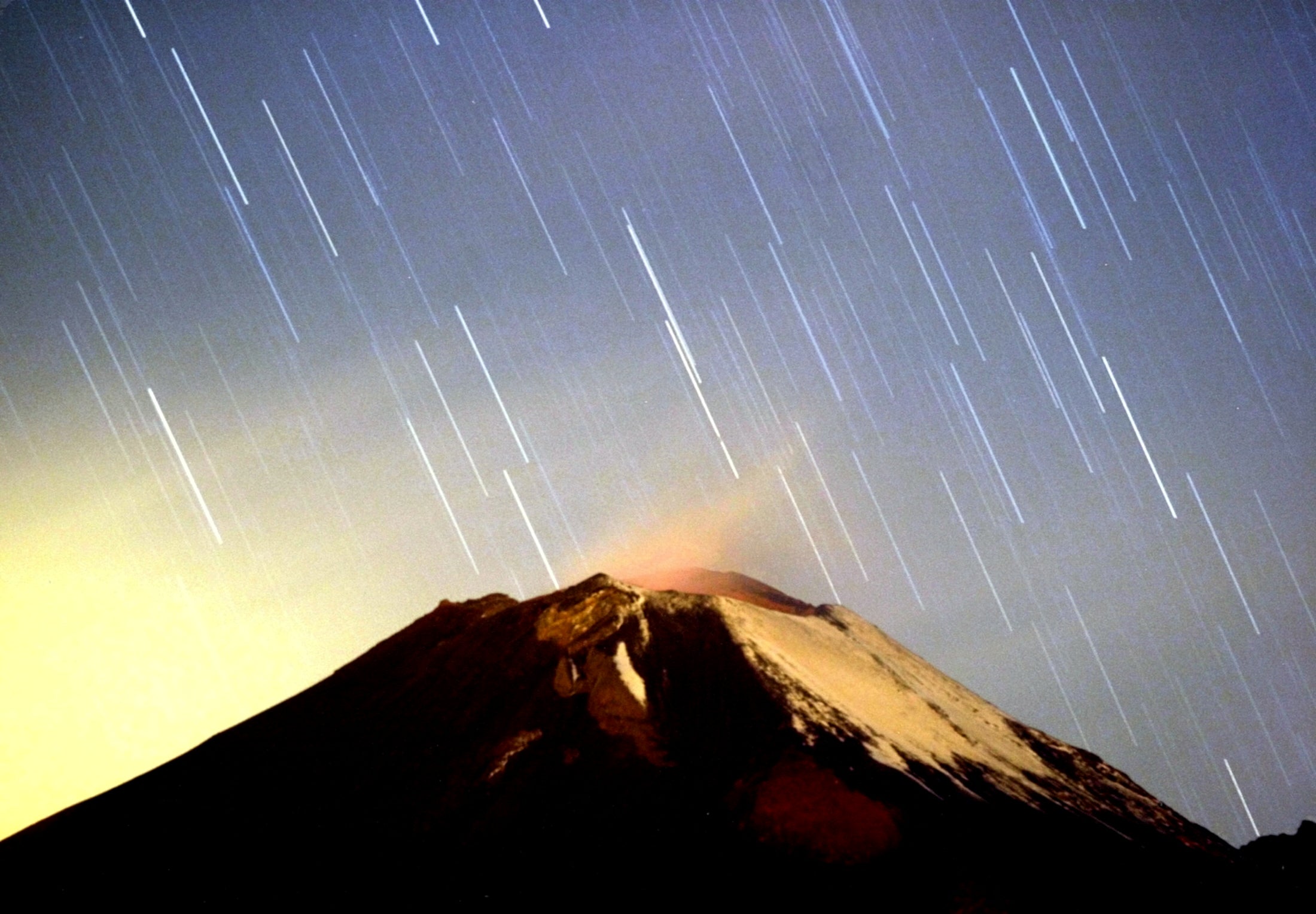Geminid meteor shower 2013: up to 120 meteors an hour expected Saturday morning
The annual Geminids are the most massive regular meteor shower

Your support helps us to tell the story
From reproductive rights to climate change to Big Tech, The Independent is on the ground when the story is developing. Whether it's investigating the financials of Elon Musk's pro-Trump PAC or producing our latest documentary, 'The A Word', which shines a light on the American women fighting for reproductive rights, we know how important it is to parse out the facts from the messaging.
At such a critical moment in US history, we need reporters on the ground. Your donation allows us to keep sending journalists to speak to both sides of the story.
The Independent is trusted by Americans across the entire political spectrum. And unlike many other quality news outlets, we choose not to lock Americans out of our reporting and analysis with paywalls. We believe quality journalism should be available to everyone, paid for by those who can afford it.
Your support makes all the difference.Astronomers are predicting that the annual Geminid meteor shower is set to be the most spectacular of the year, with the light show peaking tonight and early tomorrow morning.
Nasa have predicted that between 100 and 120 meteors are to be expected every hour, though it’s a bright moon (specifically, a gibbous one) may make many of these difficult to see.
The shower began on Thursday and will continue through to Monday, though the early hours of Saturday morning should be the best time to catch a glimpse of the meteors.
“Of all the debris streams Earth passes through every year, the Geminids are by far the most massive. When we add up the amount of dust in the Geminid stream, it outweighs other streams by factors of five to 500,” said Nasa astronomer Bill Cooke.
The yearly shower takes its name from the Gemini constellation, the direction from which its parent asteroid, 3200 Phaethon, originates.
This Geminids are unusual as most meteor showers originate from a comet (an icy body) rather than an asteroid (primarily made from rock).
As 3200 Phaethon passes close to the Earth, bits of debris from the celestial object will crumble in the upper edges of the atmosphere, vaporising as lights in the sky.
The meteors should be fairly easily seen from any portion of the night sky, though star gazers should wait out for at least an hour to catch a glimpse of the event as the shower will appear in bursts.
Join our commenting forum
Join thought-provoking conversations, follow other Independent readers and see their replies
Comments